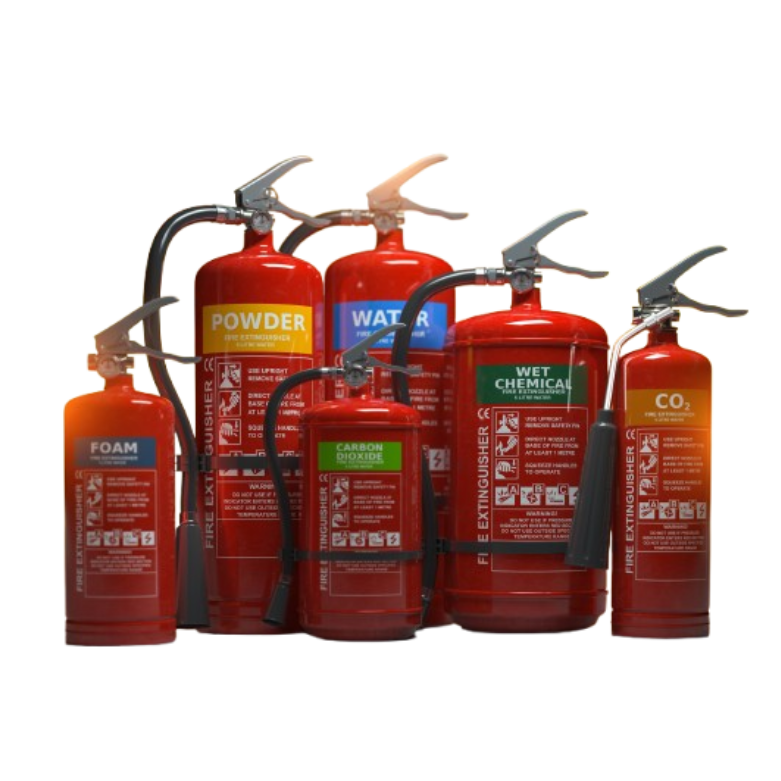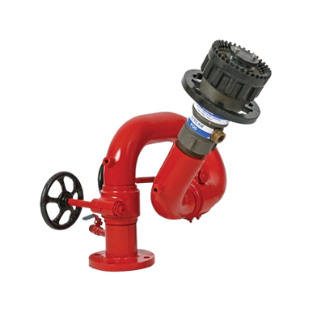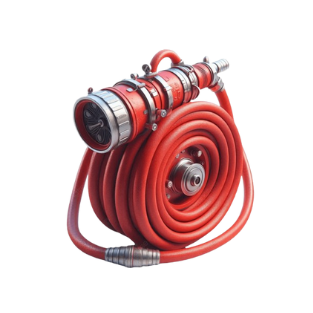


Trusted by 600+ Brands in QATAR
Types of Fire Extinguishers
Cartridge-Operated Extinguishers : These extinguishers have a separate cartridge containing the extinguishing gas. The cartridge is punctured to release the gas, which then mixes with the extinguishing agent. They are less common but are often used in industrial settings where frequent use is expected.
Stored-Pressure Extinguishers : In these units, the expellant and extinguishing agent are contained within the same chamber. The propellant, often air, is used to expel the agent. Stored-pressure extinguishers are the most common type and are suitable for a wide range of applications.
Types and Classes of Fire Extinguishers
Fire extinguishers are categorized based on the type of fire they are designed to combat, which correlates to the fuel that causes the fire. Here are the primary types:
Foam Extinguishers : Ideal for Class A and Class B fires, foam extinguishers are effective against fires involving flammable liquids and organic materials such as wood and paper. However, they are not suitable for fires involving flammable metals, cooking oils, or electrical equipment.
Water Extinguishers: Best for Class A fires, water extinguishers are used to tackle fires involving organic materials like wood, paper, and cardboard. They should not be used for flammable metal fires, kitchen fires, or electrical equipment fires.
Dry Powder Extinguishers : Also known as ABC extinguishers, these are versatile and can handle Class A, B, and C fires. They are effective for organic materials, flammable liquids, and flammable gases, including electrical fires up to 1000 V. However, the dry powder can be inhaled and is difficult to clean up, making it less suitable for confined spaces.
Wet Chemical Extinguishers : Designed specifically for Class F fires involving cooking oils and fats, wet chemical extinguishers can also be used for Class A fires. They are less commonly used for other fire types.
Carbon Dioxide (CO2) Extinguishers : CO2 extinguishers are effective for Class B and electrical fires. They work by displacing oxygen, which suffocates the fire, and are commonly used in data server rooms and other areas with sensitive equipment.

Foam monitors are specialized firefighting devices used ...

ConIt is a water supply point that serves as a ...

Fire hoses are vital components of firefighting equipment, ...
All Rights Reserved By Instrol Wll - 2025. Developed By Hostcarts Digital
WhatsApp us